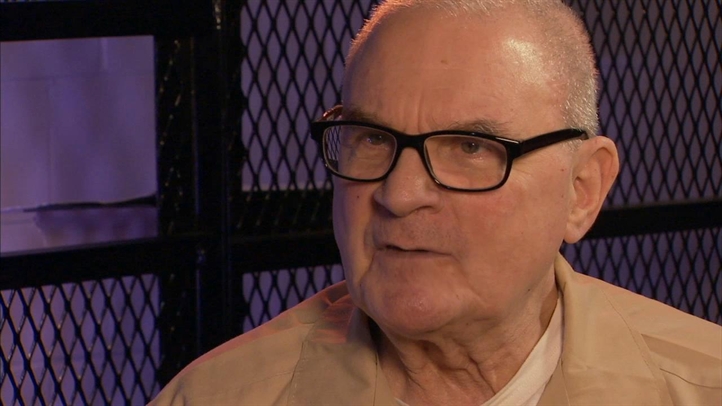A Delaware snake that relocated to Montana eight months ago in a couple's moving container came home Thursday.
The nonpoisonous black rat snake — named Dover by caretakers for its original home area — made its first cross-country trip in October 2012.
The 4-foot snake made its trip back East — for total travel of nearly 5,000 miles — overnight Wednesday through a company specializing in reptile transport, arriving Thursday morning, said Hetti Brown, Delaware state director of the Humane Society of the United States.
Carefully packed, the snake was in a zip-tied canvas bag inside a cardboard box with air holes, inside a foam chest, also with holes, duct-taped to prevent shifting inside a box sealed with duct tape, labeled "LIVE REPTILE."
Brown drove it to the Sharon Hill area near Dover, to a home Fred and Beverly Hartline own, where it hitched its ride West. Tenant Kathryn Yoder said she and her husband, Nathan, had reservations about its return but didn't object.
Her 14-year-old brother-in-law, Timothy Yoder, rode a scooter from his home about a mile away to watch. "I don't much care for snakes," he told The News Journal, "but I don't mind what they do, eat mice and stuff."
He joined the small snake-release entourage, walking to trees and brush between the home's yard and an adjoining farm cornfield.
Local
Breaking news and the stories that matter to your neighborhood.
Shortly after 1 p.m., Brown cut the canvas bag zip-tie, lifting out the flickering-tongued snake.
She crouched and lowered the snake to the ground, and, in seconds, it slithered into the thicket.
That moment ended what Brown called "an incredible journey."
In the moving container, the snake spent weeks in storage in Utah before delivery to the Hartlines' Montana home and was found as they unpacked.
"A lot of people would have just let him go in Montana, which would have been dangerous to him, because he's not a native species, or they would have just killed him," Brown said.
Instead, they called the Humane Society. Dave Pauli, senior director of its wildlife innovations and response team, provided initial foster care. Then the snake was moved to ZooMontana, he said in a phone interview. As it grew on a diet of lab-raised frozen mice, heated for snake-appeal, plans began for its return.
Brown got permission from Delaware's Department of Natural Resources and Environmental Control, as wildlife possession is illegal in the state without it.
She also learned more about the snake from the state's top herpetologist, Jim White of the Delaware Nature Society. Rarely aggressive, the snake that grows to about 7 feet is a common native species in fields and yards from Connecticut to Virginia and as far west as Kansas and Oklahoma.
At about 4 feet, the returned snake is thought to be a few years old.
The effort was worth it, Brown said, because it makes the point that stranded wildlife should be released into the wild as close as possible to its original site.
"And," she said, "it shows that two people can make a difference."



